Animals
-
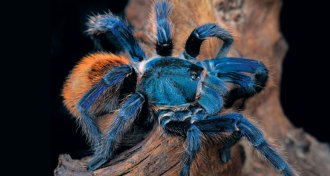 Animals
AnimalsWhen tarantulas grow blue hair
Azure coloring is surprisingly common in the spiders, though they themselves are colorblind.
By Susan Milius -
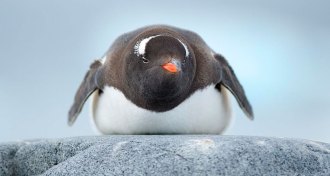 Physics
PhysicsAircraft industry could take tips from penguins
Tiny grooves and an oily sheath prevent water droplets from freezing on the feathers of some penguins.
By Andrew Grant -
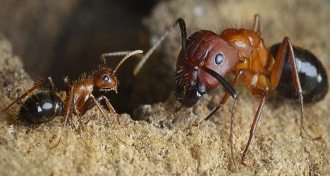 Animals
AnimalsAnts’ size and profession controlled by chemical tags on DNA
Epigenetic marks determine whether female Florida carpenter ants are soldiers or foragers.
-
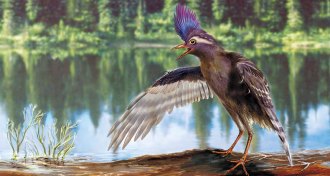 Paleontology
Paleontology12 amazing fossil finds of 2015
From an ancient sponge ancestor to the Carolina Butcher, scientists learned a lot about life on Earth this year.
By Meghan Rosen -
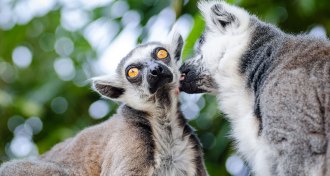 Animals
AnimalsLemurs chat only with their best friends
Ring-tailed lemurs maintain friendships built with grooming by calling to each other, a new study finds.
-
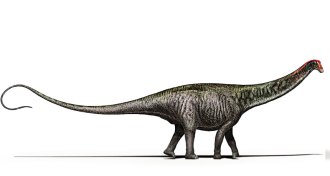 Science & Society
Science & SocietyThese truisms proved false in 2015
Don’t always believe what you hear. These truisms turned out to be false in 2015.
-
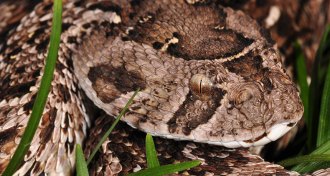 Animals
AnimalsPuff adders appear ‘invisible’ to noses
The snakey scent of puff adders proves difficult for even sensitive animal noses to detect.
By Susan Milius -
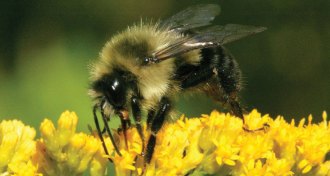 Agriculture
AgricultureNumber of wild bees drops where they’re needed most
Wild bee abundance in the United States is lowest in agricultural regions, according to a new model.
-
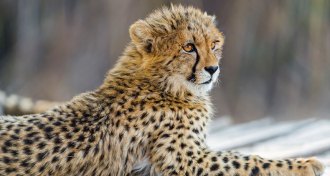 Life
LifeTweaking the pattern equations
A more than 60-year-old theory about how patterns in nature form gets an update.
-
 Animals
AnimalsFog ferries mercury from the ocean to land animals
Scientists have traced mercury in the waters of the Pacific Ocean to animals, including mountain lions, in California.
-
 Genetics
GeneticsRoosters run afoul of genetic rules
Moms aren’t always the only ones that pass mitochondrial DNA to offspring, a study of chickens finds.
-
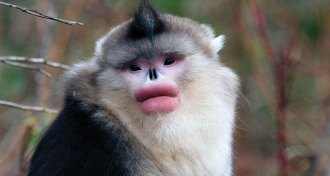 Animals
AnimalsMale monkeys go rouge for mating season
Bright red lip color separates players from bachelors during monkey mating season.